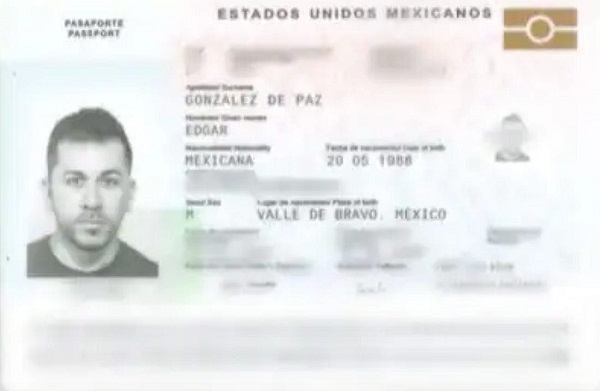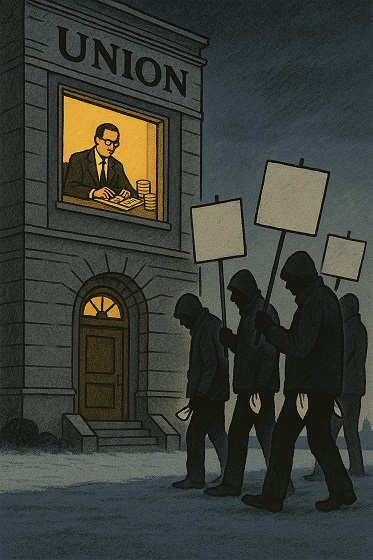Education
More money not the answer for schools—just look at Alberta
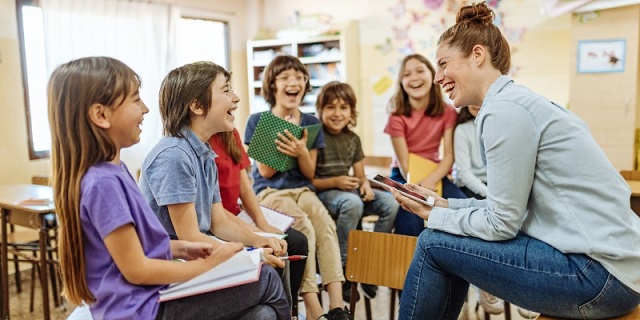
From the Fraser Institute
If you didn’t already know, higher government spending on schools doesn’t necessarily produce better results. Just look at what’s happening in Alberta.
According to Statistics Canada, from 2012/13 to 2021/22 (the latest year of available data), per-student spending in Alberta increased by 2.1 per cent from $13,146 to $13,421. After adjusting for inflation, this amounted to a 17.2 per cent spending reduction.
This stands in sharp contrast to most other provinces. During the same 10-year period, inflation-adjusted per-student spending increased in Quebec (by 24.6 per cent), British Columbia (5.1 per cent) and Ontario (0.5 per cent). By the raw numbers, Alberta now spends less per student than any other province.
The results?
According to the latest Programme for International Student Assessment (PISA) tests, Alberta students scored second only to Quebec on their math skills and almost half a grade level ahead of their peers in B.C. (even though B.C. spent $1,468 more per student in 2021/22). Even better, Alberta students scored highest in the country on their PISA reading and science assessments. This is exactly the opposite of what we’d expect if less spending hurt student performance.
Of course, this doesn’t mean that money is irrelevant. In countries that spend considerably less on education than Canada, more spending does correlate with better academic results. Excessive teacher turnover harms student learning and students must be in a stable learning environment to excel. If teachers aren’t paid enough to make a decent living, they will not remain in the profession, and students will suffer.
However, things are quite different in Canada where all provinces including Alberta already spend a significant amount on education. Governments should spend more wisely rather than simply pour more money into the education system.
Since Alberta is a top-performing province, it’s worth asking what makes this province different. Simply put, Albertans have more educational choice than any other province. Not only does Alberta have fully-funded public and separate school systems, accredited independent schools receive 70 per cent of per-student grants available to public schools, which makes it easier for independent schools to keep tuition affordable for parents. And it’s the only province to allow charter schools, which are fully-funded public schools that operate independently from government school boards. This makes it easier for charter schools to offer specialized programming based on parental demand and creates an incentive for government school boards to diversify their programming options.
Alberta also has a rigorous standardized testing program. Grades 6 and 9 write provincial achievement tests in English language arts, math, science and social studies. Meanwhile, Grade 12 students write diploma exams in a variety of courses that are worth 30 per cent of their final mark. These tests and exams play an important role in holding schools accountable.
However, before Alberta politicians get too comfortable, it’s important to note that Alberta, despite its relative success compared to other provinces, saw a significant decline in academic achievement over the last 20 years. The latest PISA tests show that Alberta students declined in their math skills by 45 points from 2003 to 2022. To put this in perspective, PISA equates 20 points with approximately one grade level. In other words, Alberta students are (on average) approximately two years behind in their math skills than they were in 2003.
Getting to the root cause of this decline will take considerable effort. But one thing we know for sure—despite any rhetoric to the contrary, simply spending more money will not solve this problem. As another school year begins, policymakers in Alberta and across the country should keep this in mind.
Author:
Education
Johns Hopkins University Announces Free Tuition For Most Students
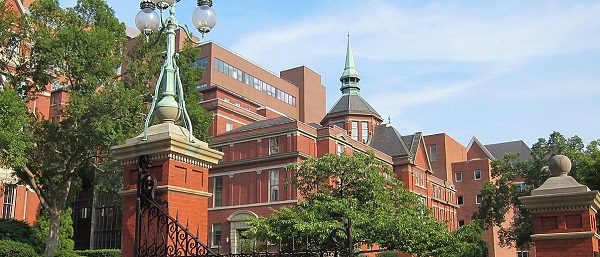

From the Daily Caller News Foundation
Johns Hopkins University (JHU) announced on Thursday it is making tuition free for families earning less than $200,000 and will waive both tuition and living expenses for those making less than $100,000.
The university stated that “a majority of American families” will qualify for the fee exemption, allowing most students to attend without contributing a single dollar. The decision is meant to help recruit “the best and brightest students to Johns Hopkins irrespective of their financial wherewithal.”
“Trying to understand financial aid offers can be overwhelming,” David Phillips, vice provost for admissions and financial aid at JHU, said in the announcement. “A big goal here is to simplify the process. We especially want to reach students and families from disadvantaged backgrounds, rural locations, and small towns across America who may not know that a Hopkins degree is within reach.”
Dear Readers:
As a nonprofit, we are dependent on the generosity of our readers.
Please consider making a small donation of any amount here.
Thank you!
In 2018, Michael Bloomberg donated nearly $2 billion to the university, the largest ever single gift to a U.S. university. JHU said it used this money “to become permanently need blind and no-loan in financial aid.”
The university also receives the most federal funding of any university, raking in more than $3 billion from the government in fiscal year 2023 for research and development alone. This is more than double what the next highest recipient of federal funding that year, the University of Washington, received.
Despite this, JHU in June complained that federal funding cuts forced it to institute a hiring freeze and pause annual pay increases for employees. In its message to the community at the time, the university also mentioned its disagreement with “recent efforts to limit or withhold visas from the international students and scholars.”
Some universities admit mass numbers of foreign students in order to pad their pockets, as such students often pay full tuition and fee costs without financial assistance.
Education
Why classroom size isn’t the issue teacher unions think it is
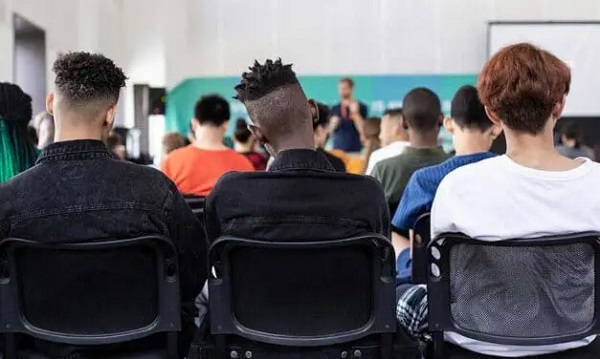
This article supplied by Troy Media.
The real challenge is managing classrooms with wide-ranging student needs, from special education to language barriers
Teachers’ unions have long pushed for smaller class sizes, but the real challenge in schools isn’t how many students are in the room—it’s how complex those classrooms have become. A class with a high proportion of special needs students, a wide range of academic levels or several students learning English as a second language can be far more difficult to teach than a larger class
where students are functioning at a similar level.
Earlier this year, for example, the Elementary Teachers’ Federation of Ontario announced that smaller class sizes would be its top bargaining priority in this fall’s negotiations.
It’s not hard to see why unions want smaller classes. Teaching fewer students is generally easier than teaching more students, which reduces the workload of teachers. In addition, smaller classes require hiring more teachers, and this amounts to a significant financial gain for teachers’ unions. Each teacher pays union dues as part of membership.
However, there are good reasons to question the emphasis on class size. To begin with, reducing class size is prohibitively expensive. Teacher salaries make up the largest percentage of education spending, and hiring more teachers will significantly increase the amount of money spent on salaries.
Now, this money could be well spent if it led to a dramatic increase in student learning. But it likely wouldn’t. That’s because while research shows that smaller class sizes have a moderately beneficial impact on the academic performance of early years students, there is little evidence of a similar benefit for older students. Plus, to get a significant academic benefit, class sizes need to be reduced to 17 students or fewer, and this is simply not financially feasible.
In addition, not only does reducing class sizes mean spending more money on teacher compensation (including salaries, pensions and benefits), but it also leads to a decline in average teacher experience and qualifications, particularly during teacher shortages.
As a case in point, when the state of California implemented a K-3 class-size reduction program in 1996, inexperienced or uncertified teachers were hired to fill many of the new teaching positions. In the end, California spent a large amount of money for little measurable improvement in academic performance. Ontario, or any other province, would risk repeating California’s costly experience.
Besides, anyone with a reasonable amount of teaching experience knows that classroom complexity is a much more important issue than class size. Smaller classes with a high percentage of special needs students are considerably more difficult to teach than larger classes where students all function at a similar academic level.
The good news is that some teachers’ unions have shifted their focus from class size to classroom complexity. For example, during the recent labour dispute between the Saskatchewan Teachers’ Federation (STF) and the Saskatchewan government, the STF demanded that a classroom complexity article be included in the provincial collective agreement. After the dispute went to binding arbitration, the arbitrator agreed with the STF’s request.
Consequently, Saskatchewan’s new collective agreement states, among other things, that schools with 150 or more students will receive an additional full-time teacher who can be used to provide extra support to students with complex needs. This means that an extra 500 teachers will be hired across Saskatchewan.
While this is obviously a significant expenditure, it is considerably more affordable than arbitrarily reducing class sizes across the province. By making classroom complexity its primary focus, the STF has taken an important first step because the issue of classroom complexity isn’t going away.
Obviously, Saskatchewan’s new collective agreement is far from a panacea, because there is no guarantee that principals will make the most efficient use of these additional teachers.
Nevertheless, there are potential benefits that could come from this new collective agreement. By getting classroom complexity into the collective agreement, the STF has ensured that this issue will be on the table for the next round of bargaining. This could lead to policy changes that go beyond hiring a few additional teachers.
Specifically, it might be time to re-examine the wholesale adoption of placing most students, including those with special needs, in regular classrooms, since this policy is largely driving the increase in diverse student needs. While every child has the right to an education, there’s no need for this education to look the same for everyone. Although most students benefit from being part of regular academic classes, some students would learn better in a different setting that takes their individual needs into consideration.
Teachers across Canada should be grateful that the STF has taken a step in the right direction by moving beyond the simplistic demand for smaller class sizes by focusing instead on the more important issue of diverse student needs.
Michael Zwaagstra is a senior fellow with the Frontier Centre for Public Policy.
Troy Media empowers Canadian community news outlets by providing independent, insightful analysis and commentary. Our mission is to support local media in helping Canadians stay informed and engaged by delivering reliable content that strengthens community connections and deepens understanding across the country
-
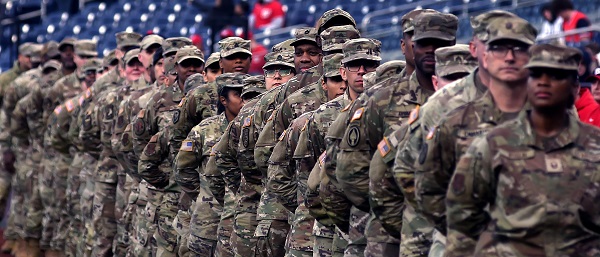
 Daily Caller2 days ago
Daily Caller2 days agoDemocrats Explicitly Tell Spy Agencies, Military To Disobey Trump
-
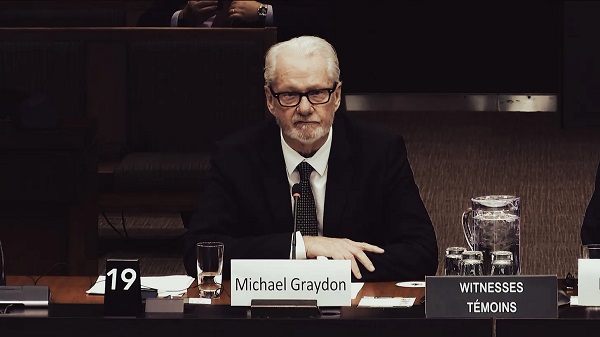
 Business2 days ago
Business2 days agoNearly One-Quarter of Consumer-Goods Firms Preparing to Exit Canada, Industry CEO Warns Parliament
-

 Energy1 day ago
Energy1 day agoCarney bets on LNG, Alberta doubles down on oil
-
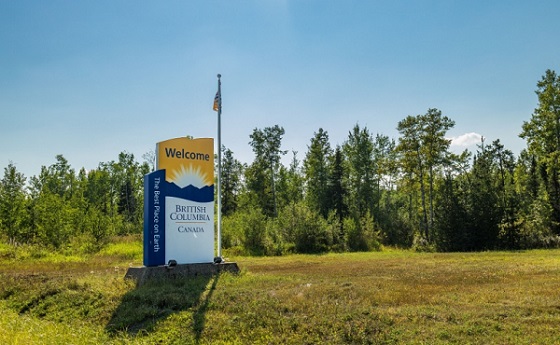
 Indigenous2 days ago
Indigenous2 days agoTop constitutional lawyer slams Indigenous land ruling as threat to Canadian property rights
-

 Alberta1 day ago
Alberta1 day agoAlberta on right path to better health care
-
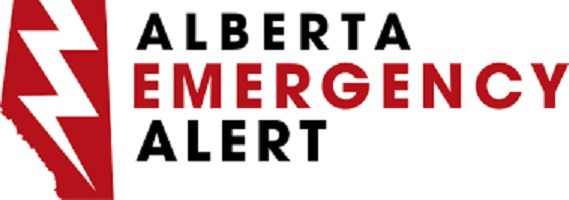
 Alberta1 day ago
Alberta1 day agoAlberta Emergency Alert test – Wednesday at 1:55 PM
-

 Alberta1 day ago
Alberta1 day agoCarney government’s anti-oil sentiment no longer in doubt
-

 Health1 day ago
Health1 day agoSPARC Kindness Tree: A Growing Tradition in Capstone





